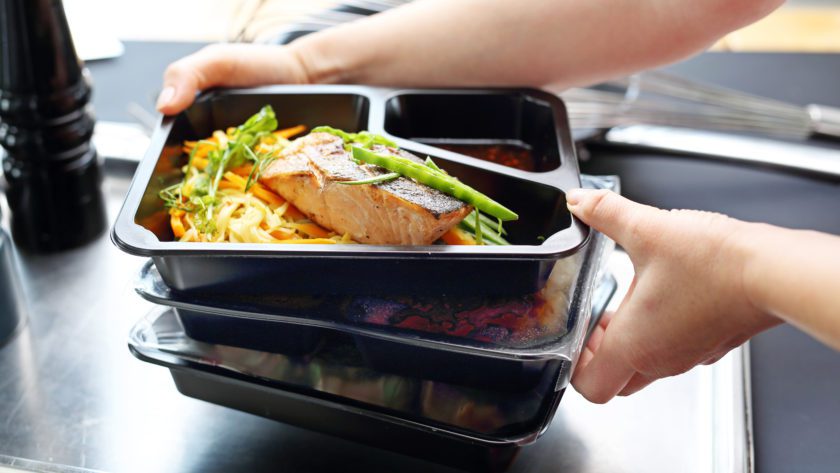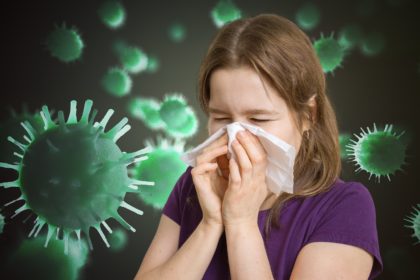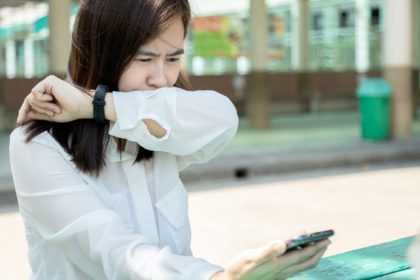Many local restaurants are staying open in order to accommodate their customers and maintain their businesses. But with coronavirus anxiety on the rise, many of us are concerned how safe it is to eat take-out food. Here are some health and safety steps to follow while supporting your local eatery.
How COVID-19 Spreads
According to the CDC, COVID-19 is generally thought to be spread from person-to-person through respiratory droplets. There is NO current evidence that the Coronavirus is transmitted through food, but it can thrive on various surfaces and objects. If touched and then you touch your mouth (eating), nose, or eyes, then it’s POSSIBLE to get COVID-19 — but is not thought to be the main way the virus spreads.
- According to Marion Nestle, a professor emeritus of nutrition, food studies and public health at New York University, there is currently no evidence that coronavirus can be transmitted by food, but it’s “theoretically possible.”
- According to UC Davis virologist, Dr. Erin DiCaprio, who researches foodborne viruses and how viruses contaminate foods (e.g., how long they persist in foods and how to minimize contamination that leads to a viral-associated foodborne illnesses), there is currently no evidence that coronavirus can be transmitted by food, but there is a potential (low risk) to be infected via the packaging.
Metal, Glass, Plastic: COVID-19 can survive for 2-3 days; and according to Dr. Robert Oliver with Roper St. Francis in Charleston, SC, it can survive up to 9 days.
Cardboard: Can survive for 24 hours.
Go Contactless (For Ordering and Paying)
- Ordering and paying online is the best way to reduce person-to-person contact.
- By paying online, there is no transfer of money or credit cards. (Cash is a notorious carrier of germs.)
NOTE: In China, banks began disinfecting cash with ultraviolet or treatments in Feb to prevent further spread of COVID-19.
Things to Keep in Your Car
- Plastic bin (your ‘mobile quarantine area’)
- Hand sanitizer and disinfectant wipes
- Gloves
Assume all bags and packaging are contaminated. Visualize glitter sprinkled all over them, which represents respiratory droplets. When you touch the bags and packaging, and then touch your hands, mouth, and eyes as well as your car keys and areas of your car (e.g., steering wheel, radio, gear shift, window switch, etc.), you transfer glitter (the virus) to all of those areas. That’s how COVID-19 spreads.
1. Pick-up (In Restaurant or Drive-Thru)
- Wear gloves (optional) when picking up food.
- Place take-out food and credit card (to be disinfected later) in the plastic bin.
- Remove gloves. Sanitize hands, steering wheel, door handle, window switch.
- Do NOT eat any of the food on the way home. The bags are contaminated.
- Disinfect the bin after removing the food.
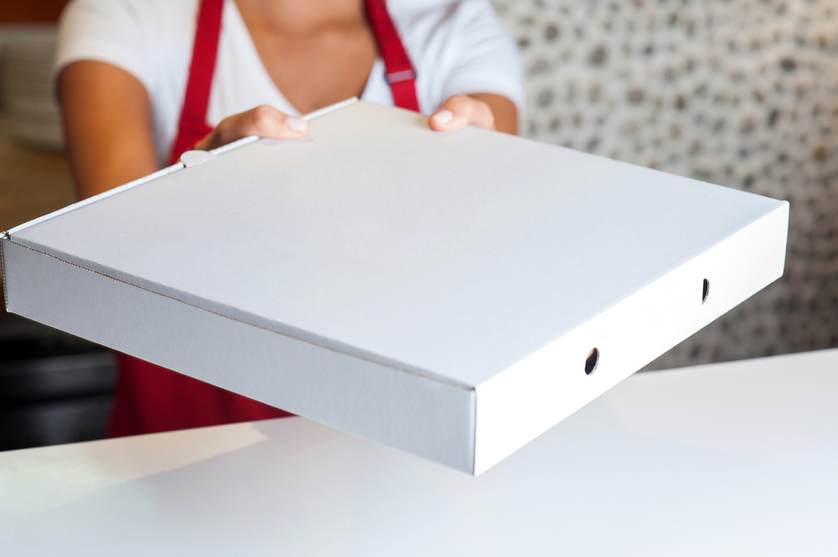
2. Home Delivery
- Have delivery person leave food at the door.
Bringing the Take-Out In (Clean Area vs Contaminated Area)
- Sanitize counter or table. Separate the area in half.
- Place clean serving plates, bowls, and/or platters on one half.
- Place the “contaminated” food on the other half.
- As you take food out of the bag, disinfect plastic containers and place them on the “clean” side.
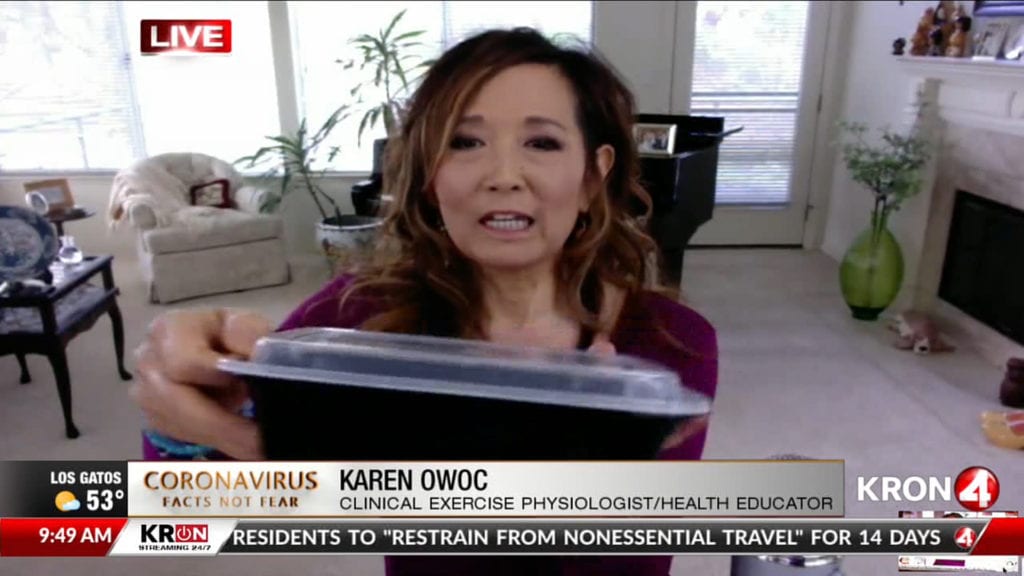
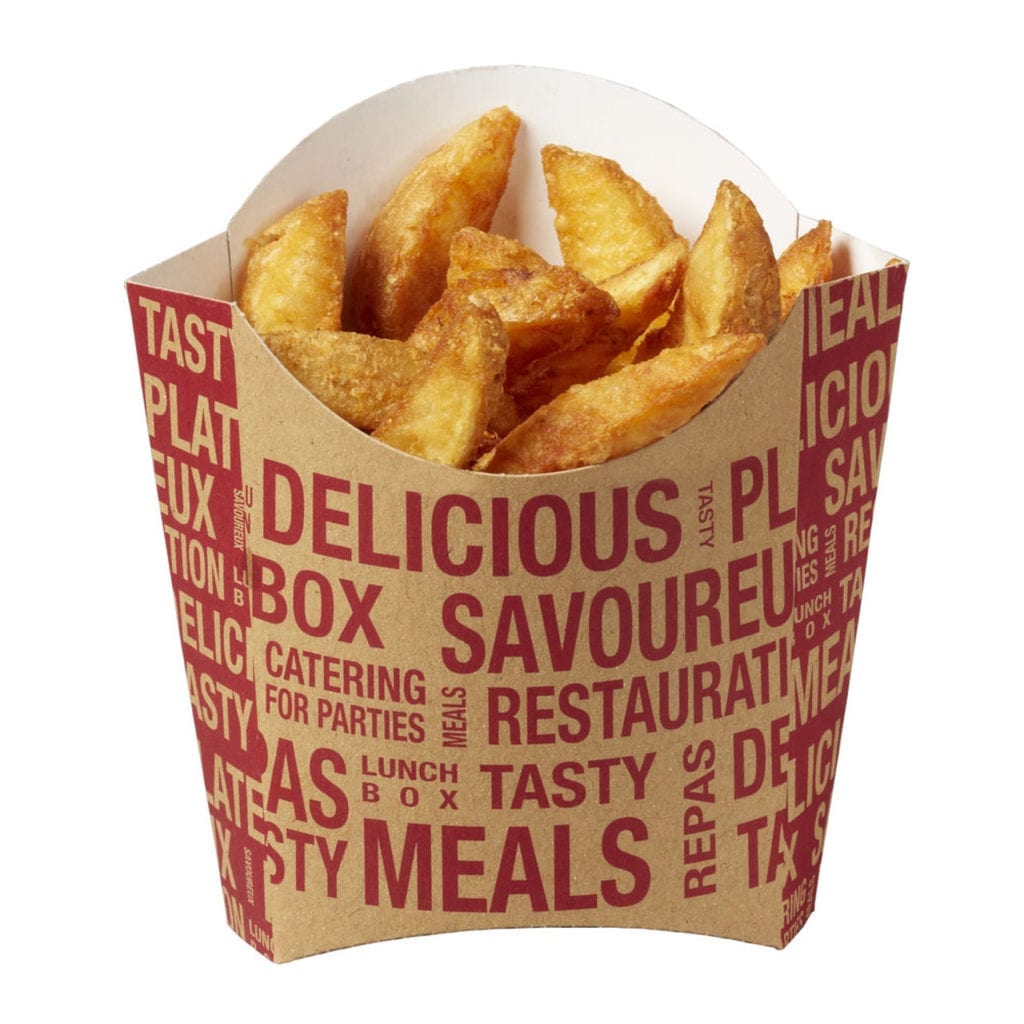
Carefully slide or shake the food contents out of the paper container onto a clean plate. For paper-wrapped food, carefully slide the food onto the clean plate. Don’t touch the food.
- Wipe down bottles of water, canned drinks with disinfectant.
- Throw out all packaging and disinfect the contaminated area.
Consider Other Illnesses that You Get from Food
Foodborne diseases are infections that are passed on via the fecal-oral route. (The fecal-oral route means that a person somehow ingests contaminated feces from an infected person.) Foodborne diseases are caused by:
- Viruses (e.g. Hepatitis A, Norovirus)
- Parasites
- Bacteria (e.g., E. coli, salmonella, listeria which can thrive on food and contributes to an estimated 3,000 deaths in America per year).
- Spoiled food, natural toxins
NOTE: Food can become contaminated at any point along the process: growing, harvesting, processing, handling, storage, and even after cooking.
Additional Take-Out Precautions
There is now evidence that the coronavirus has been detected in the feces of infected patients, and some experts from the Chinese CDC believe shed viruses can be transmitted via the fecal-oral route. They suggest that the stool of an infected person can contaminate hands, food, and water and cause infection when these microbes enter your mouth, nose, or eyes.
Food handlers and restaurants must practice good hygiene and sanitation routines to prevent fecal-oral transmission, such as frequent hand washing, disinfecting toilets, and preventing water/food contamination. This should be standard practice to prevent foodborne illnesses. To ensure maximum safety at this time, consider the following:
- Avoid eating raw food (such as salads, raw fish), particularly if you’re immunocompromised.
- Purchase beverages made from boiled water (hot water, coffee, tea). Put on your own lid. Better yet, opt for take-out bottles and cans which you can wipe down with a disinfectant wipe.
- Avoid soup/salad bars (open food and shared serving utensils). The sneeze guard is basically useless for shorter people. The height of any food guard is built to be tall enough for the average customer, who is between 5 and 6 feet tall.
![]() Karen’s Fit Tip: When taking out food, assume everything is contaminated and wash your hands before you eat or drink!
Karen’s Fit Tip: When taking out food, assume everything is contaminated and wash your hands before you eat or drink!

